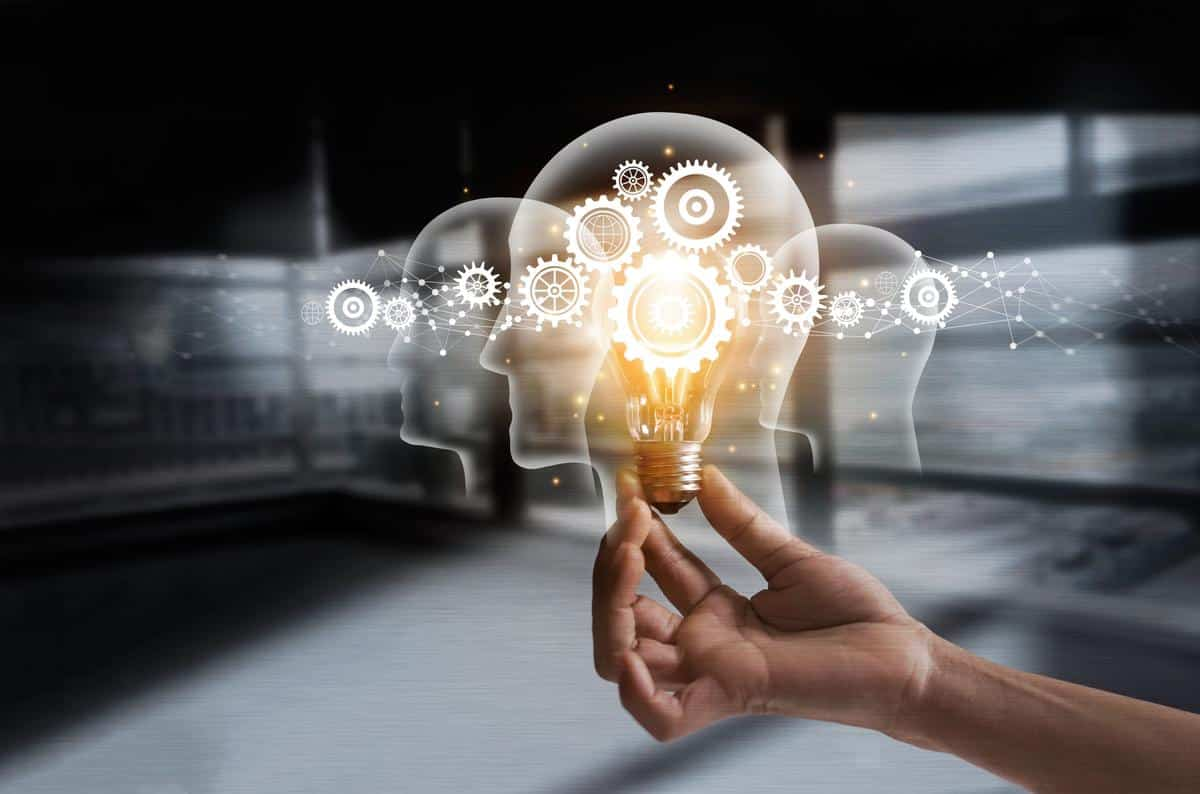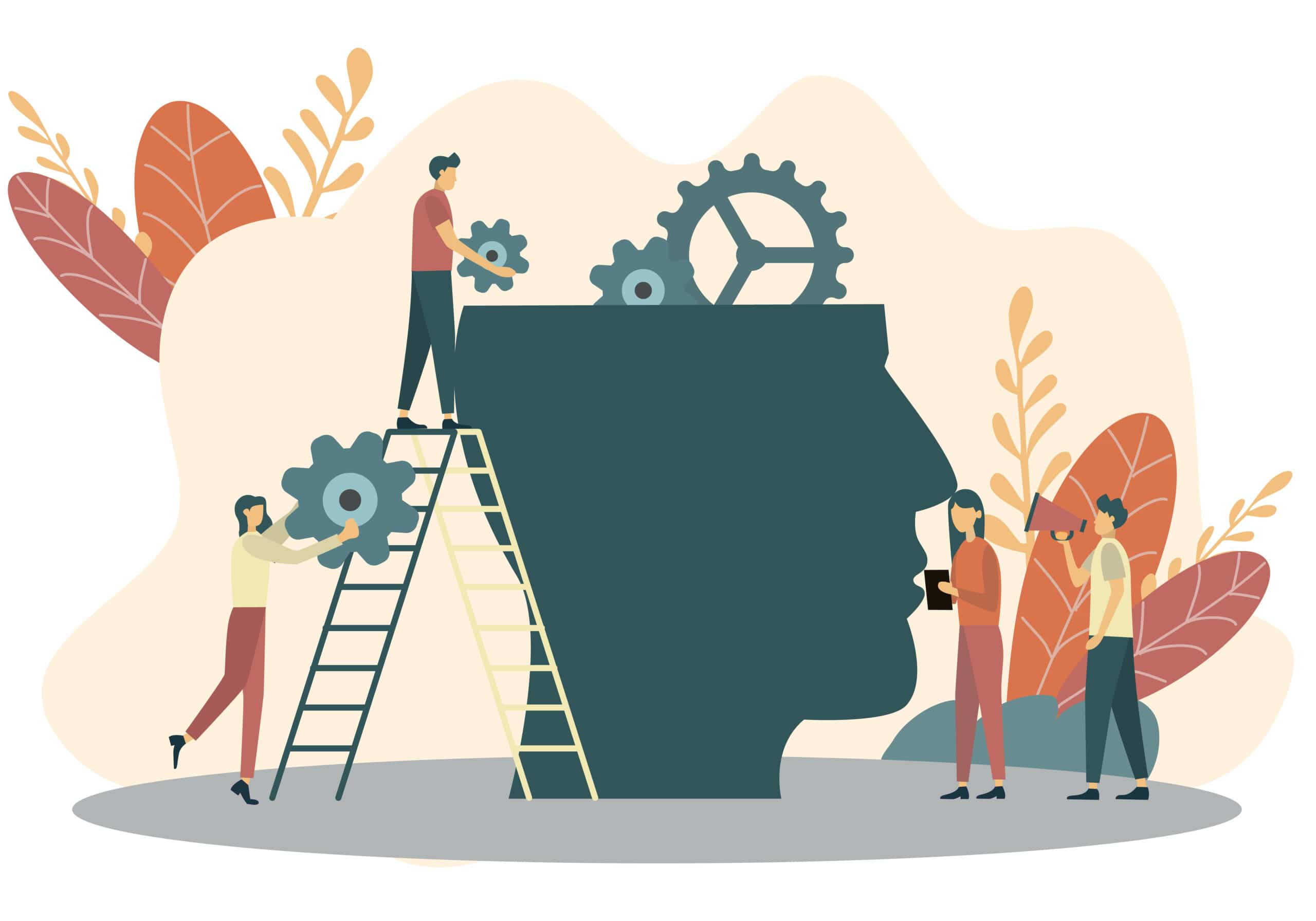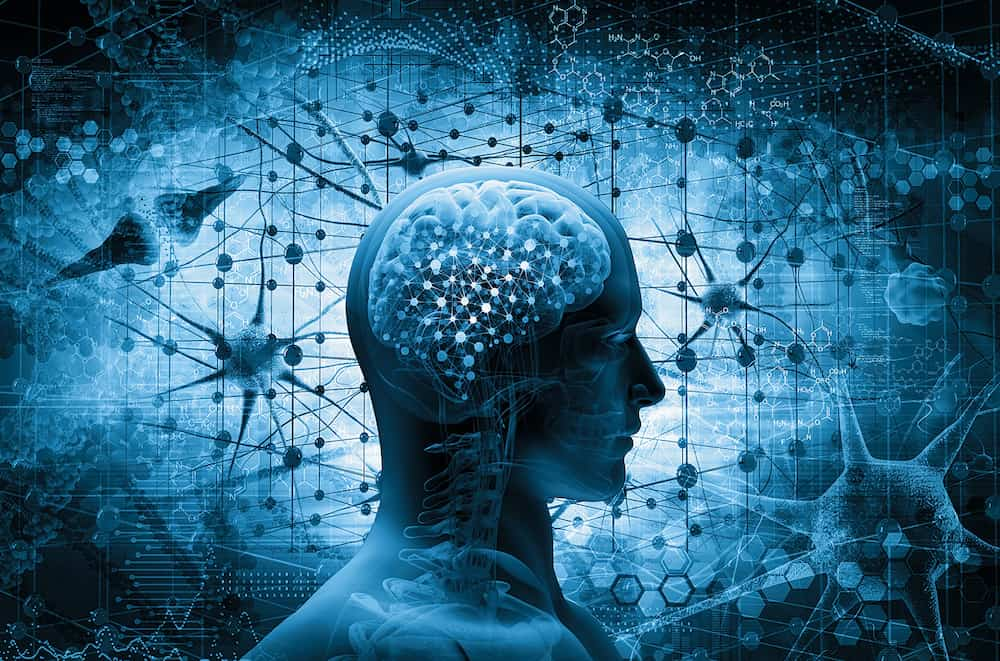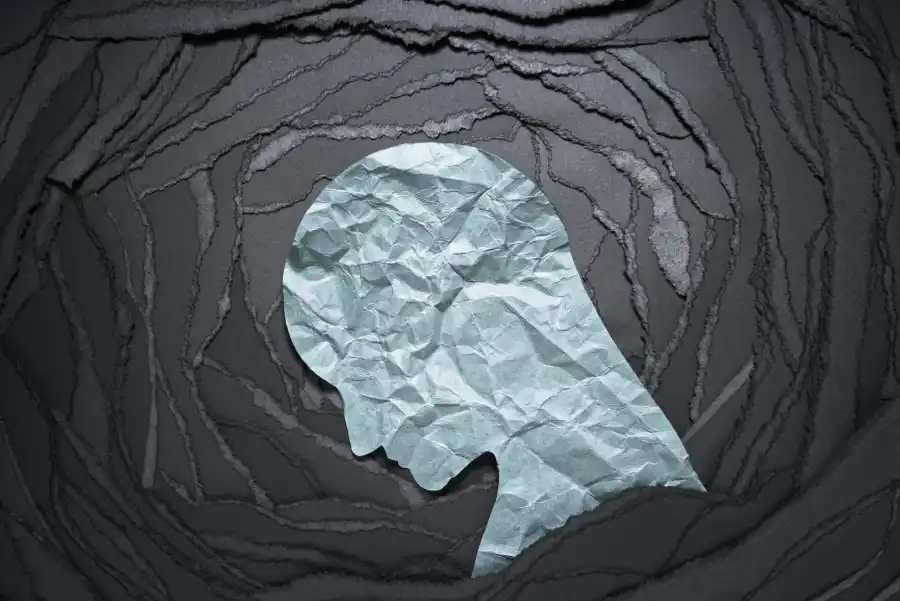The Truth About Ketamine Infusion Therapy for Mood Disorders
Many advocates of Ketamine Infusion Therapy believe the antidepressant effect is due to a psychedelic therapeutic experience that leaves the individual with a greater sense of self and a greater understand of the world in which he/she lives. It sounds wonderful, right? Magical even. On the other hand, there are those who are critical of the process and believe that patients are just “high” and that is why they feel better. While I could not be more of an advocate for Ketamine Infusion Therapy, I feel like some clarification is necessary. I want to assure you that there is no magic involved, and if getting high is your goal, there are much cheaper, easier ways to get a buzz. According to Yale, Johns Hopkins, Stanford, and many other Departments of Psychiatry around the nation, Ketamine Infusion Therapy is the gold standard in the treatment of mood disorders. It is also able to boast the highest rate of remission of depressive symptoms compared to any other antidepressant therapy available. Let us discuss why.
A brief history of ketamine hydrochloride is the best place to start. It was created in the 1960’s in response to the need for a safer anesthetic. Unlike other anesthetics which can depress your vital functions (heart rate, respiratory drive, blood pressure), ketamine hydrochloride was designed to support your vital functions and it has a wide margin of safe dosing. These two drug characteristics make it one of the safest anesthetics we have available. Because of this wide margin of safety, it is primarily used in pediatrics, long orthopedic or abdominal surgeries, and even in veterinary medicine (where higher doses can be administered to the animal without fear of depressing the vital functions). Ketamine hydrochloride is a non-opioid, non-narcotic medication that in surgery is used as a dissociative anesthesia and analgesic which has shown time and time again to help patients recover faster with fewer side effects than those who utilize opioid pain management in the post-operative period. It is currently used in every operating room in the world and is listed among the World Health Organization (WHO) top 100 essential medications. The stigma surrounding ketamine being a “street drug” originated with its accessibility before 1999. Its frequent theft and abuse led to the DEA classifying ketamine as a Class 3 non-narcotic.
In the late 90s, the psychiatric community began researching the benefits of NMDA glutamate receptor antagonism and neuro-regenerative proteins that the brain releases when blocking these receptors. Yale Department of Psychiatry began a large-scale study of several NMDA glutamate receptor antagonist drugs and found that patients who received low doses of these medications over specific periods of time, demonstrated improved cognitive function and a relief from depressive symptoms. Many different types of drugs were tested to see which one elicited the best response from patients and ketamine hydrochloride given intravenously was far superior to the other drugs in its class in stimulating a protein known as brain-derived neurotrophic factor (BDNF) which is neuro-regenerative. In 2011, Yale presented its findings. Ketamine hydrochloride administered intravenously has shown to have the greatest success with treatment-resistant mood disorder patients in comparison to all other treatment options. It was not long before psychiatric clinics across the country began to offer ketamine infusion therapy to their patients who had not responded to traditional antidepressant therapy. They soon learned something about Ketamine Infusion Therapy that every anesthesia provider already knew. Ketamine is a dissociative anesthetic. If the clinic does not minimize the stimulation and adequately prepare the patient for the administration, the dissociative experience can freak people out. The practice was abandoned by many psychiatric professionals after a few patients had unpleasant experiences. Other providers leaned into the psychedelic experience as a spiritual journey to make discoveries about oneself. The “guru” or “psychedelic” approach was shunned by the greater medical community for several years until and Ketamine Infusion Therapy nearly disappeared.
Several clinics persevered since the beginning. Some remained by maintaining best practices based in the science which Yale released, and then reproduced by Johns Hopkins and Stanford. Others made their way appealing to the “mind-expanding” nature of the dissociative experience as being the source of the antidepressant effect. Before long, anesthesia providers recognized a need for their skills in anesthetic optimization where Ketamine Infusion Therapy is concerned, and were able to work alongside their psychiatric colleagues to cultivate a comfortable and therapeutic treatment experience, bringing Ketamine Infusion Therapy into the mainstream. The American Society of Ketamine Physicians was formed to help facilitate continuity in best practices where Ketamine Infusion Therapy was concerned. Those who cling to the idea that this style of therapy is purely a psychedelic journey into the subconscious have led the charge into other psychedelics such as MDMA (ecstasy), psilocybin (magic mushrooms), or other hallucinogens thinking that they might also work. Turns out that these also have an antidepressant effect like that seen with Ketamine Infusion Therapy. As research continues on hallucinogens, we learn that they stimulate the neuro-regenerative process much like ketamine hydrochloride, but to a lesser extent.
The brain is the control center of our existence, and it must maintain balance in our bodies. Turns out anesthetics (like ketamine) and hallucinogens (like MDMA or psilocybin) offset the balance and our brain reacts. The brain releases several proteins in response to the administration of these substances to protect itself from potential injury or insult. The most predominant are BDNF and GSK3B. These proteins are initially neuro-protective which provides the patient with an initial relief from depressive symptoms and can even eliminate suicidal ideations. When the patient sleeps, and over the next several days after administration, the protein stimulates a process called neurogenesis, or the growth of new neuronal synapses. This process facilitates improved communication which manifests as clarity of thought. This clarity of thought prevents the patient from being overwhelmed as easily, which improves functionality in activities of daily living. Essentially, the treatment facilitates a neuro-optimization, helping the brain recover and heal from traumas and stressors that have led to depression and anxiety disorders. This leads to long term relief and even remission of depressive symptoms, especially when the patient works alongside a therapist who is helping guide the recovery.
Ketamine Infusion Therapy is incredibly safe. Unlike hallucinogens, dissociative anesthetics do not cause hallucinations. No pink elephants are present during the process. Ketamine Infusion Therapy is administered as an infusion which gives significantly more control to the provider and allows us to optimize the experience for the patient. Once a hallucinogen is administered, the patient will just have to “ride it out” until the effects subside. Ketamine does not have the allergen risk that hallucinogens have. Lastly, Ketamine Infusion Therapy is administered by a board-certified anesthesia provider and all medications are FDA approved. As the science advances and research continues, I expect we will see MDMA and psilocybin take their place, but understand that it is the treatment, and not the experience, that provides the lasting antidepressant effect. The best part about how Ketamine Infusion Therapy works is that it does not rely on a psychedelic or spiritual journey to find relief. When a bone is broken, we do not force the bone to heal or say that a person is weak because their bone is not healing as fast as others. We utilize the treatment to create an optimal environment for the body to do what it is designed to do.
Everyone’s journey to mental health is different, but Ketamine Infusion Therapy is the best option we have to regain the clarity of thought and optimal neuronal signaling that is necessary to get the most out of other therapeutic interventions.
